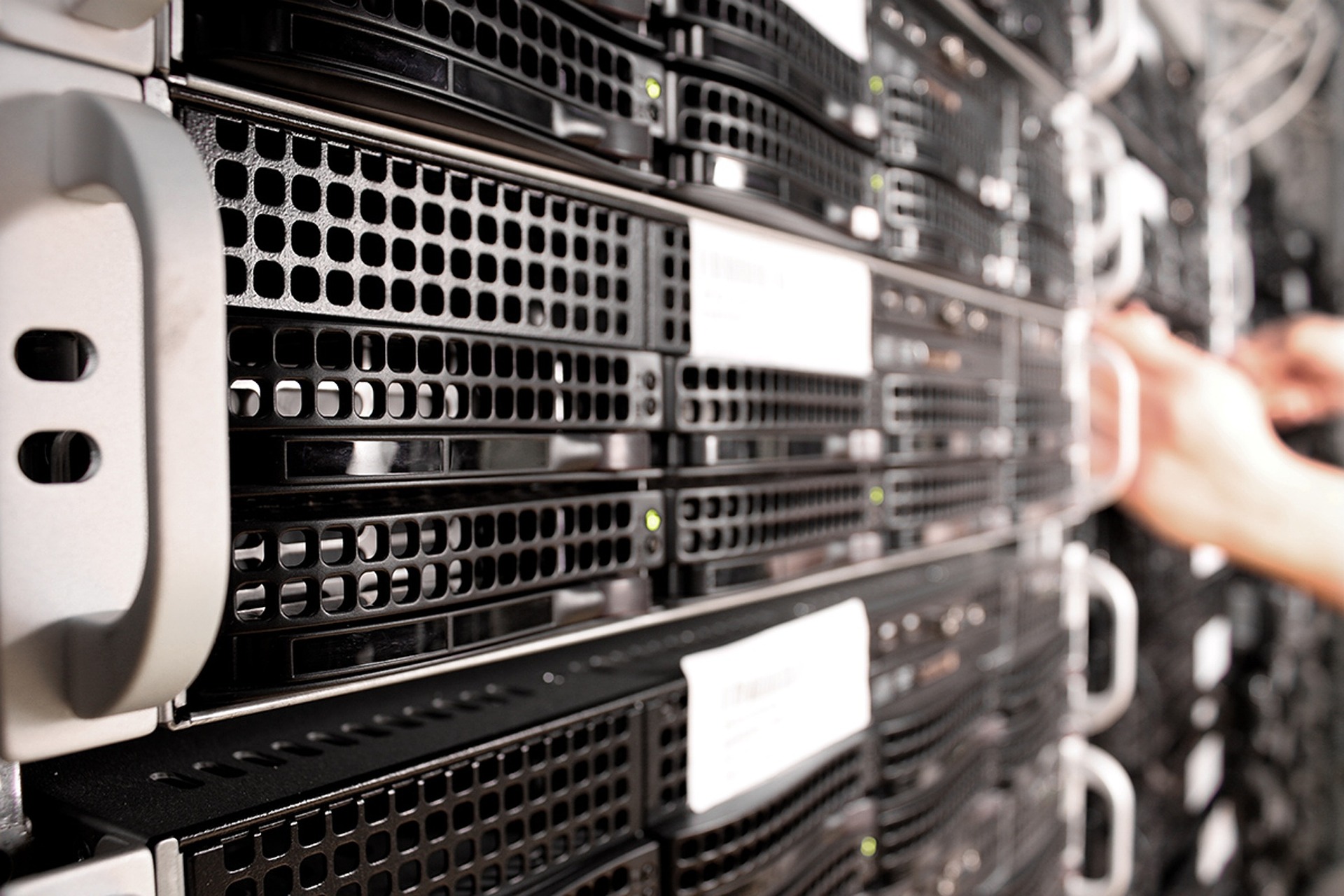Oracle Releases Second Half of Autonomous DB

A lot of people might have thought Oracle’s announcement of the autonomous database at last year’s OpenWorld and its subsequent release earlier this year were the whole story, but there’s a lot more, and Tuesday’s webcast featuring Larry Ellison was proof.
Ellison must find his CTO role — since he handed the CEO reins to Safra Catz and Mark Hurd — to be stimulating and liberating at the same time. Being CTO gives Ellison the ability to be highly creative in a part of the industry that plays to his strengths. It’s a highly technical field where few septuagenarians make a mark, and it gives him access to lots of smart people to trade ideas.
His evident joy was on display Tuesday as he introduced the second part of the autonomous database. The announcement this spring focused on autonomous data warehousing, or ADW. Tuesday was all about autonomous transaction processing, or ATP.
Oracle vs. Amazon
Some of the messaging was the same: The database provisions, maintains and repairs itself, for example. “There’s nothing to do,” Ellison said more than once, suggesting that database administrators’ jobs surely will be redefined by the announcement.
Nothing to do extends to nothing to break, and an embedded expert system very well might do a better job than the average DBA.
Toward the end of his talk, Ellison showed a graphic that provided all the proof you might need to accept the efficacy of the automation. It involved the NetSuite database. After 20 years, it has been well refined — yet even for it, the expert system found ways to improve performance.
The autonomous database is an important economic milestone of sorts too. Database technology solidified in the 1970s and there has been little progress in automating the tasks of keeping a database operating — until now.
Automation, which this product offers in spades, is a sign that we’re late in the life of a disruptive innovation (i.e., the relational database). It’s a sign of commoditization, and an indicator that we’re dealing with the biggest quantities — and market share is essential for turning profits.
That’s why I think Ellison took such delight in making invidious comparisons between Oracle’s database and Amazon’s.
A Few Caveats
Amazon has a market share lead, and Oracle badly wants to reverse the situation. That’s why there’s so much emphasis on price and performance.
For example, Oracle has introduced a guarantee that it can lower a customer’s Amazon bill by half, and Ellison has boasted that his database competitors all use Oracle for their own data.
There’s no doubt this market has been commoditizing, and that only the biggest and most efficient producers will survive. Naturally, Oracle and Ellison expect to be in the winner’s circle.
It takes more than software to deliver the 99.995 percent up time promised. All of the autonomous database functionality requires Exadata hardware, and because it is fault tolerant, multiple servers are at the ready.
In the cloud configuration supported by Oracle data centers, customers experience serverless conditions — meaning that when the database is not in use, it uses no server time and incurs no server costs. Oracle also has made provisions for big customers that can afford all of the hardware and who wish to keep all data processing in-house.
That said, the autonomous database represents a new era in IT, in which the default position is cloud. The assumption is that business will be unimpeded, or at least less impeded, by IT systems that are slow or hard to change.
With the full release of the autonomous database and its associated security capabilities announced earlier this year, we’ve reached the end of the line for common legacy applications. They will be around for years, but it’s hard to see how very many new ones will be made or sold





